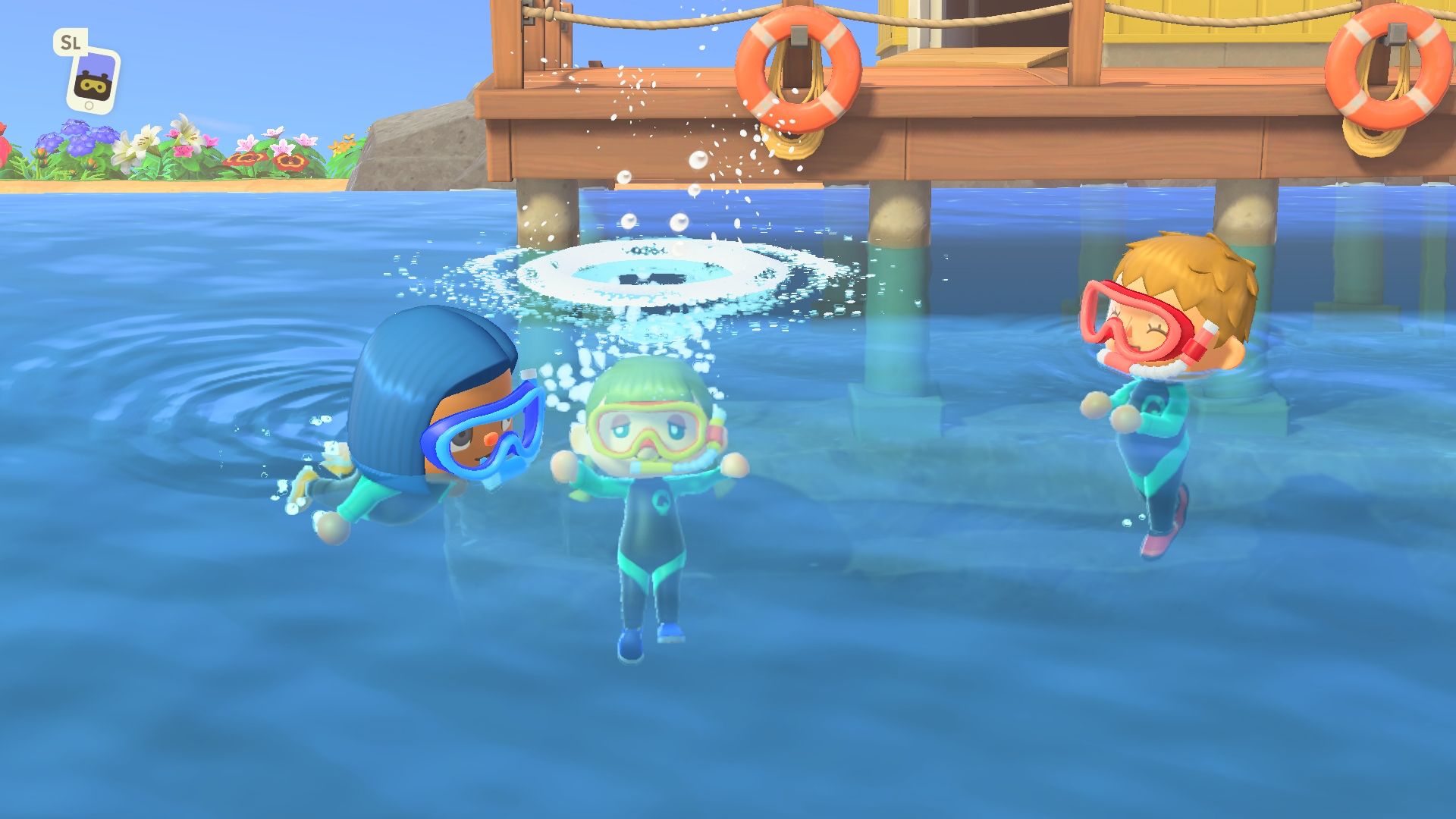



The real fun in Puyo Puyo comes from making strategic matches that cause large amounts of tiles on your screen to pop and cause a chain reaction of matches (called "chaining"). By matching four pieces of the same color in rows or columns, all the matched pieces will disappear (called "popping") which gives you more room for more matches. Colored pieces fall from the top of the screen onto a tile-based board. Tetris is a beloved classic that has stood the test of time. When a line is formed, it clears out space on your screen, which allows you more room for more matches. You can rotate these shapes around to form lines at the bottom of the screen. In Tetris, shapes drop from the top of the screen at varying speeds. Two strategic, classic games in one This game combines the fun and strategy of Tetris and Puyo Puyo together. This type of story is familiar for anyone who has also had a hard time with similar problems, and eye-opening for anyone who hasn't. You see all the ways she doesn't necessarily want to grow up, wishing she could stay a kid forever, but then she talks to an old acquaintance who thinks she's washed up now, making her feel anxious about her failings as a young adult. You join in on that struggle as you live as Mae: aimlessly going around town talking to everyone and listening to their worries, browsing your laptop when you're supposed to be doing other important things, and even pressing a button to wake up in bed every morning as a reminder of how mundane life can be. After dropping out of college, the main character, Mae, struggles with her own disillusionment in life and refusal to grow up, all the while her old friends find success and move on without her. Great coming-of-age story The coming-of-age story in Night in the Woods is unconventional for a video game, making it more unique and intriguing. You can fall into a nice habit of checking in with the NPCs and locations you care about most, almost like in real life where you prioritize the people and places you spend the most time around. When you're not talking to people or going somewhere, you can play around with the rhythm mini-game as you practice with Mae's bass either in her room or in her old band with her group of friends. Poking around all over town to find out the history is pretty cool, like the underground diner that Mae used to steal from back in the day, or the old shopping mall that barely gets any customers anymore. You go wherever you want, finding out stories about the townspeople and the town itself, or hanging out with friends for scripted story moments. It's mundane, but there's a lot of meaning to find around the town if you're willing to look for it. The simplistic gameplay is surprisingly fun Running around the side-scrolling town as Mae day in and day out is more enjoyable than it sounds at first. Taking your time to gather the materials you need and synthesizing them into the best possible items pays off in the end. Going for quality gives you more experience points to level up and more money from the jobs you take on. Arranging your ingredients together in certain ways on the grid boosts the end product's effects, like putting them near green squares to improve your product's healing effect, which improves the item's overall quality. If you just put your ingredients wherever on the grid, you'll end up with a bad product. The puzzle-like 4x4 crafting grid has a neat strategy in how you can make the most out of your ingredients. You can take as long you want to gather the stuff you need before going back home to your alchemy lab, or your atelier. You can lose yourself in the game for hours as you explore the fantasy-like levels, picking up resources from bushes, hacking away at trees, or mining them from rocks. Engaging gathering and crafting system with alchemy as the game's main focus Atelier Lydie & Suelle focuses on gathering materials and synthesizing them into alchemy formulas as the main mechanics.


 0 kommentar(er)
0 kommentar(er)
